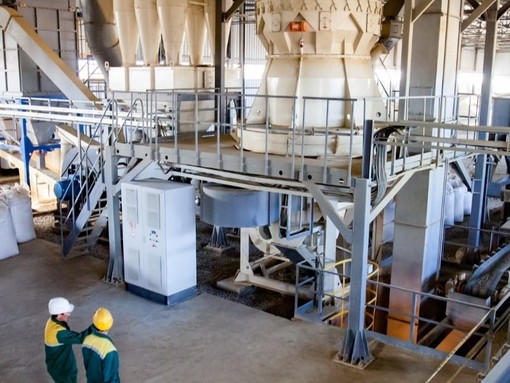
Circular economy: The future of highways
Contents
A circular economy is ‘one that is restorative by design, and which aims to keep products, components and materials at their highest utility and value, at all times’ – Highways England
Round we go: The Circular Economy and highways
The circular economy will be a priority policy area in the foreseeable future and nowhere will this be a more important issue than in the construction and highways sector. In the UK, the infrastructure sector is disproportionately responsible for using more materials and generating waste compared to other industries. According to the Construction Recycling Alliance, the sector consumes more than 400 million tonnes of materials each year, including demolition and excavation, and produces almost 80 million tonnes of waste. Of this, 85% could be reduced, reused or recycled but only a fraction of this is actually achieved. Therefore, it’s evident that the highways industry has a significant role to play in helping the UK move toward a cyclic economic model.
The opportunities with the greatest potential for improving resource efficiency and contributing to the circular economy in construction occur during the feasibility and early design stage. This is reiterated by the RSA (Royal Society for the encouragement of Arts, Manufactures and Commerce) who claim that good design plays a critical role in the shift to a circular economy by influencing the way we make, consume and dispose of all products, ultimately providing significant reductions in cost, waste and carbon.
The change from a linear business model to a circular one could also be a catalyst for new procurement and purchasing models as well as a driver for programme-level visibility and connectivity between operators.
The other side of the road
At the moment there is a lot of good work on resource efficiency but we question whether it really amounts to true circularity. We also have to be aware that infrastructure-specific cost-benefit models are still emerging, statutory design guidelines are sometimes inflexible and procurement rules can inhibit innovation. Not only this, but initial transaction costs can be high as supply loops are worked through.
However, despite the above uncertainties, circular economy approaches are good friends of construction modularisation, BIM, comprehensive digital asset inventory and recovery and the transition to service-based infrastructure delivery. Therefore, with all these shifts underway in how major infrastructure projects including highways are delivered, a circular economy approach makes for a strong unifying theme in delivering sustainable legacies.
Are you interested in highways? Read how Brexit could affect them or the intelligent infrastructure that could be changing our roads.
Or looking for a role in the highways sector? Check out our latest roles here.
















